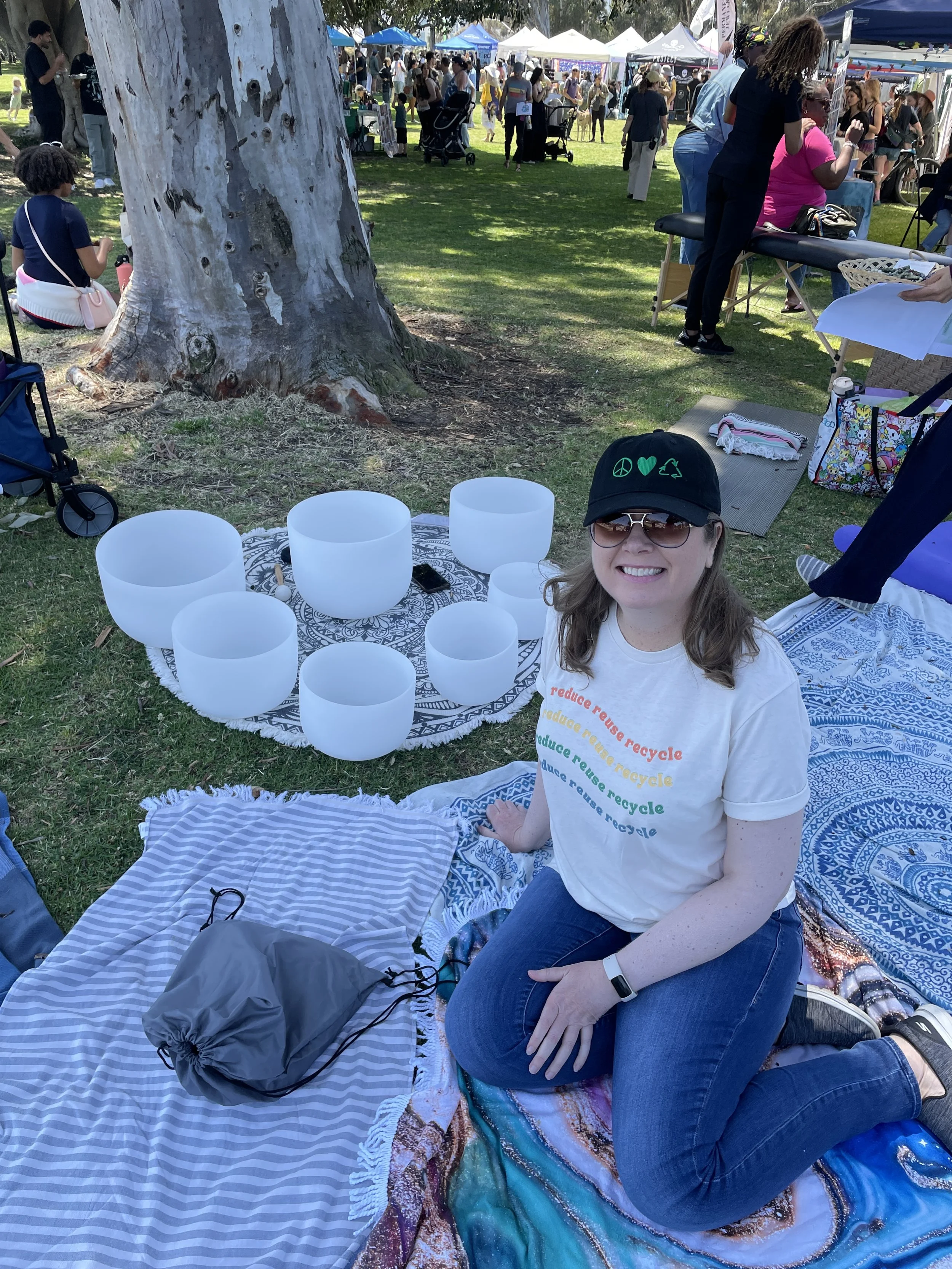Greenwashing
Introduction
Would you rather purchase a sustainable product instead of a non-sustainable one? A sustainable one of course! Same with 66% of all consumers, or 73% of millennials (Source: Earth.org). But what does the company mean when telling us the product is sustainable? Are they really sustainable, or are they just saying so?
Greenwashing Definition
Greenwashing is when a company makes things seem more environmentally friendly than they are, often through misleading labels or advertising.
For example, greenwashing is saying your company or product is sustainable, eco-friendly, green, natural, or other similar terms without evidence of any concretely defined sustainable practices.
Why does this happen?
Companies know they will get more customers if they say the company is sustainable, so they are incentivized to do so, even if it is not true.
On the other hand, companies may think they or their product is sustainable when, in actuality, it is not.
Greenwashing Examples
A real-life example was when I came across an “Eco-friendly” sweatshirt. After further reviewing the materials of this sweatshirt, only 5% contained recyclable polyester. All other materials were new and not eco-friendly. This is why it really matters for consumers to dig deeper into all company claims to understand what part or how much is environmentally friendly.
Below are some other examples to watch out for as a consumer.
1. Cleaning Products:
Sometimes, cleaning products show pictures of nature on the label, making it seem good for the environment. But, in reality, the ingredients might not be safe, and the product may not be as eco-friendly as it looks.
2. Carbon-Neutral Claims:
Some companies claim to be "carbon-neutral," meaning they say they don't harm the environment. But, in reality, they might not be doing much to reduce their pollution; instead, they just make it sound like they're doing better than they truly are.
3. Recyclable Labels:
Products may claim their packaging is "biodegradable" or "recyclable," suggesting it's good for the environment. However, it might not break down as easily as they say, or the packaging may not be recyclable in many places.
4. Natural Products:
Products labeled "organic" or "natural" might still have chemicals. This can be misleading for people who want truly organic or natural items, and it could be bad for the environment if the production methods aren't really eco-friendly.
5. Companies' Green Ads:
Some companies that usually harm the environment spend a lot on ads saying they're "green" or environmentally friendly. They might highlight the small good things they do while ignoring the more significant damage they cause.
6. Biofuels:
Some companies say biofuels are a clean energy source, but making them can lead to problems like cutting down forests or using a lot of water and pesticides. Biofuels might not be as good for the environment as they claim.
7. Energy Efficiency:
Companies might say their products are super energy-efficient but don't always prove it with actual data. They could be stretching the truth about how good their stuff is for saving energy.
8. Green Certifications:
Products might have a "green" label, but that might only be true for one part of the product's life. The company might focus on one good thing and ignore other problems with the product.
9. Big Talk, Little Action:
Some companies spend a lot of money on ads saying they care about the environment. They might talk about helping communities or doing good things, but it's not clear if they're actually changing anything in their business.
10. Renewable Energy Claims:
Some companies claim to use a lot of renewable energy, like solar or wind power, to make it seem like they're helping the environment. However, the reality might be that they still rely heavily on non-renewable sources like coal or gas. This can give a false impression of their commitment to clean energy practices.
Conclusion
Suppose a company or product label says it is eco-friendly or good for the environment. In that case, as consumers, we need to dig further to determine why they are saying that and to which part of the product or company it refers to (if any). One way to do this is to look at the certification labels. There have been many lawsuits against companies making false claims about being environmentally friendly. So, what is true and what is not is only sometimes clear. You need to do your own research.
More Information
There are many sources online for more information about greenwashing. The below references are a starting point.
Earth Org. Explainer: What Is Greenwashing and How to Avoid It? Website: https://earth.org/what-is-greenwashing/.
CNN Underscored. How to avoid greenwashing, according to the experts. Website: https://www.cnn.com/cnn-underscored/home/what-is-greenwashing.
NielsenIQ. Consumers care about sustainability—and back it up with their wallets. Website: https://nielseniq.com/wp-content/uploads/sites/4/2023/02/Consumers-care-about-sustainability%E2%80%94and-back-it-up-with-their-wallets-FINAL.pdf.








